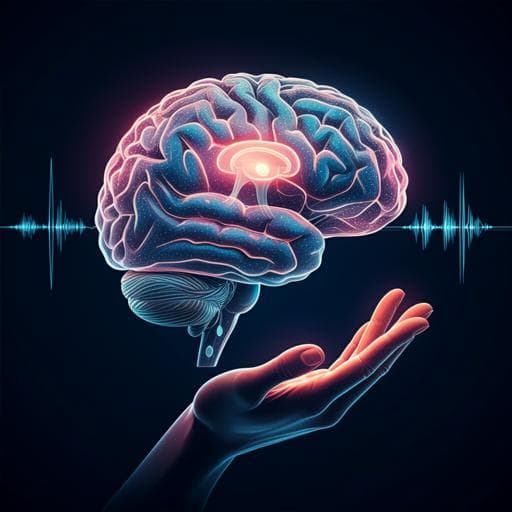
Psychology
Handwriting but not typewriting leads to widespread brain connectivity: a high-density EEG study with implications for the classroom
F. R. (. V. D. Weel and A. L. H. V. D. Meer
This study by F. R. (Ruud) Van der Weel and Audrey L. H. Van der Meer uncovers how handwriting fosters superior brain connectivity compared to typing, particularly enhancing memory and learning. Discover why the scribble of a pen might be more powerful than the click of a keyboard!
~3 min • Beginner • English
Related Publications
Explore these studies to deepen your understanding of the subject.







